Wedderspoon 100% Raw Manuka Honey
Label claim: Active 16+
Stockists: Wedderspoon
Price: £26.95 (500g)
What the tests showed
TA:<9.5
NPA:<9.5
The lab says: “Neither the TA nor NPA test results for this product gave any detectable activity, with both tests yielding results of ‘less than 9.5’. With no detectable activity found for the product the laboratory findings in no way support its activity claim of ‘Active 16+’ honey.”
The company says: “Wedderspoon has been the leading force behind clinical trials involving manuka honey with cancer research organisations for seven years in a row and have spent tens of thousands of dollars in manuka research,” explains Sebastien Martin co-founder and CEO of Canada-based Wedderspoon Organic. “You are making references to test results with indicators of TA and NPA. Such tests are related to the Molan methodology. Professor Molan used phenol or carbolic acid as an antiseptic solution to compare the properties of manuka honey with an antiseptic solution. You also make a reference to the New Zealand government’s guidelines coming up this month. Such guidelines are being drafted by the MPI. Please note these guidelines are not law, they are merely an indication as to what manuka honey suppliers are recommended to use on their labels. Back in the 1980’s Professor Molan discovered what he called the ‘Unique Manuka Factor’. Such a factor was also being referenced as non-hydrogen peroxide activity or NPA. However, the University of Waikato devised a dual system, which also accounted for the hydrogen peroxide and called it TA or TPA. The NPA test was tested against a single antiseptic, either carbolic acid or phenol, as opposed to phenolic compounds. We still believe the tests are erroneous, showing a biased view on what manuka honey should be and being prone to mass manipulation due to its reliance on one single component or factor. You refer to a number of ‘9.5 or less’, below the reported limits. We are not reporting these limits and since I can only assume that you have used Defra to test for the honey, this system relies on the UMF methodology as well, relying on an “antiseptic equivalence”, not antibacterial or antiviral components. NPA is what manuka honey has been marketed as. However, other factors present in the honey, demonstrated by our biochemists shows a significant amount of different factors unique to manuka that are contributing to its qualities. What is being presented to you in the media is one methodology. It does not mean that such methodology is the only one. MPI has also mentioned this on their website. Yet, this is not really the core of the problem. The UK has been buying countless jars of fraudulent manuka honey in the past 35 years. According to a latest report, the UK is claiming 80% of the worldwide production of manuka, which is absolutely impossible. Wedderspoon has worked tirelessly to educate the consumer on what they should be looking for in manuka honey and while it has been in the UK market for about a year now, our products have been recognised for their genuine quality, relying on a higher pollen count level of manuka, which does not mislead the public considering they are buying manuka honey in the first place. Wedderspoon does not take part in the marketing of the UMF trademark and has no alliance or dealings with the UMF trademark. In fact, Wedderspoon differentiates its products from Active 12+ and 16+ and clearly explains what it supports, which does not refer to the UMF methodology, the MGO or UMF trademarks. Such trademarks are marketing tools and their methodologies are not even part of New Zealand standards and regulations and won’t be in the future, for certain. We believe that to start selling manuka honey, consumers should know if the honey has been manipulated in any way, which is impossible to know from the manufacturers not disclaiming such information. Being raw and unpasteurised shows that one, the honey has not been heated to reach higher activity levels. Two, that the honey has not been modified in any way. It is served in its full crystallised form, while being creamed. I have seen manuka honey sold as liquid honey. This would be impossible unless completely boiled. Wedderspoon has provided an indication that its products are not adulterated by saying it is raw. Yet, the lab tests are there. Once the lab touches the sample, they need to apply heat to it to melt the honey and place it in a tube. This adulteration harms the sample that is taken out of its content and placed in a warmer environment, denaturing the advertised product. In North America, this same product is also part of the NON-GMO Project Verified, a first for a manuka honey provider, which provides an additional guarantee to the consumer. It only takes 5% of a GMO crop to lose the opportunity to be part of this project. Higher pollen count is also the true indication of what manuka honey should be which also is inline with European regulations. We are alarmed with the increased adulteration of manuka honey to reach higher levels, which led Wedderspoon to start working with professors and biochemists to look into the definition of what manuka honey should be, as well as developing a method to look for such manipulation. Profiling manuka honey is a project Wedderspoon is dedicated to and I cannot expand on the subject, as this is considered a highly confidential subject right now since more than one company is currently devising a way to identify what manuka honey should also be, aside from what MPI is currently working on. However, I can tell you that there are still unknown components in manuka honey and that we have identified components unique to manuka, not found in regular honey, that could potentially contribute to the overall benefit of the product. The UMF association is trying to use a machine that works with light, but would not be good enough to differentiate manuka from kanuka. In fact, the British government has used the same equipment recently to test our manuka honey and it tested positive for it. In September of 2013, Wedderspoon sent a full scale report written by a few biochemists who analysed the data gathered on manuka honey in the last [few] decades following the request from the MPI to send them responses to the options for defining monofloral manuka honey. This same request was sent after the UK [authorities] reported countless products were being sold as manuka when they were all liquid, not having the right pollen count and making health claims. The MPI condemns anybody selling manuka honey to make health claims about manuka. To me, making antiseptic claims is pretty much making a health claim, pure and simple. Wedderspoon has a different approach. Since we are selling a food product, we devised a system to rely on pollen count to differentiate one pure batch of manuka honey from a purer one. While the names Active 12+ and Active 16+ are present to differentiate one SKU over another, original tests do demonstrate higher levels of TPA in our honey. Such levels started as a raw level, unadulterated. Regulations aside, Wedderspoon submitted a report to the MPI showing how potentially dangerous methylglyoxal is in manuka honey, when manipulated. We have published reports showing that methylglyoxal can be added, by means of adding DHA to honey or feeding to the bees. We know that methylglyoxal can be increased significantly by applying heat and cooling it down, repeating this sequence a few times and you get a much higher level of methylglyoxal. It has been said that the longer you age the honey, the more potent it becomes. The public does not really know that the longer you subject honey to time, the more it degrades. The sugars in honey are breaking down and methylglyoxal increasing in numbers up to five years before it crashes and disappear. Before that time, however, when methylglyoxal reaches ‘maturity’, all of the therapeutic components in the honey, including antioxidant properties in manuka honey would have been destroyed, to only leave methylglyoxal in the honey. This action promotes free radicals. Excessive free radical damage to cells can cause mutation leading to cancer, and how taking antioxidants for cancer will fight free radicals?”
How the tests were conducted:
Tests were carried out by Minerva Scientific, one of Europe’s leading independent honey testing labs, on seven randomly selected manuka honeys. Minerva conducted two different tests on the samples - one for Non-Peroxide Activity (NPA) and one for Total Activity (TA). The test for NPA was a microbial inhibition plate bioassay based on the procedure developed by Professor Molan in New Zealand, for the measurement of the antibacterial qualities of manuka honey. The TA was measured using a modified version of the same plate bioassay to yield comparable results. All antibacterial activity was measured against phenol standards and expressed in % phenol equivalence. The uncertainty of measurement for the tests was estimated at +/-2% phenol equivalent - eg: a result of 10% phenol could lie anywhere from 8% to 12%. All the honeys are operating within the current laws.



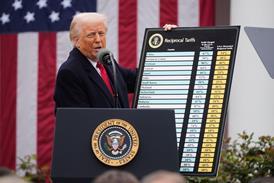



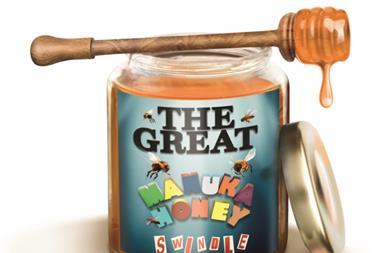
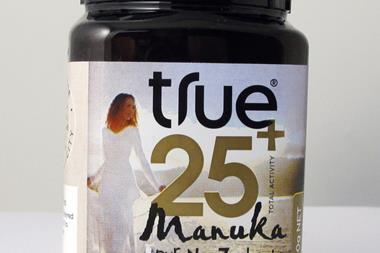
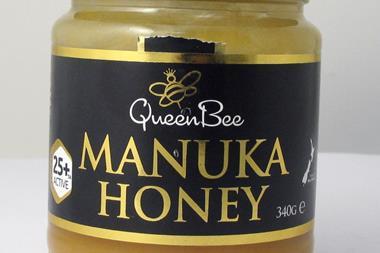

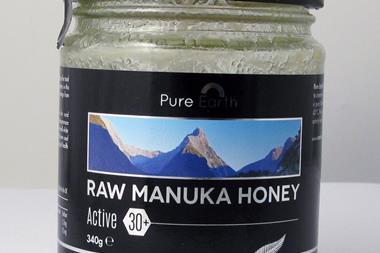
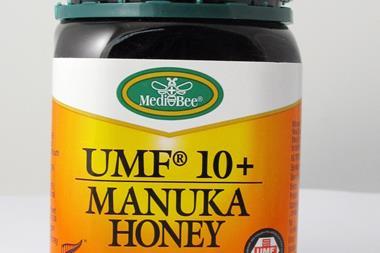
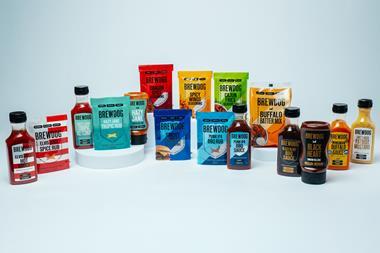





1 Readers' comment